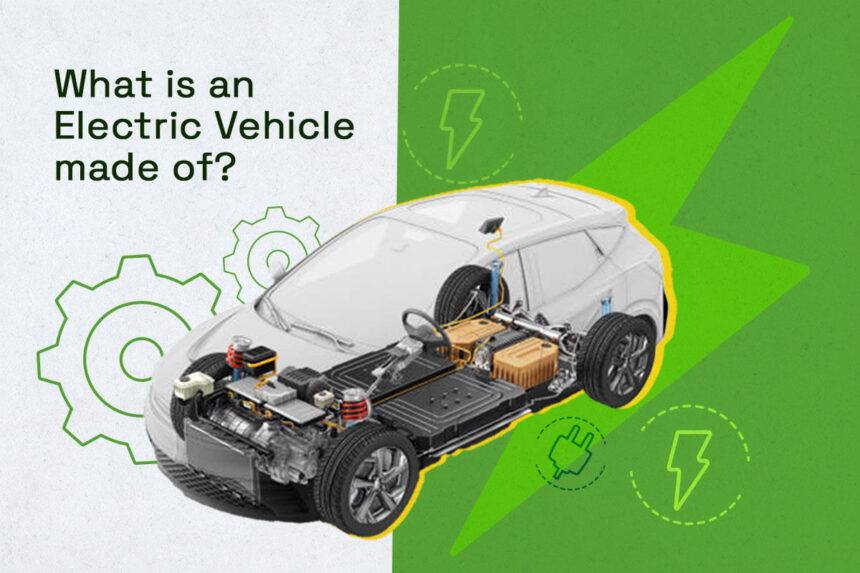Introduction
In today’s world, where the need for sustainable and clean energy solutions is ever-increasing, wind energy stands out as a powerful and reliable option. This article explores the potential of wind energy to empower homeowners, farmers, and small businesses, highlighting its benefits and the opportunities it brings. By harnessing the power of the wind, individuals and organizations can make significant strides toward a greener future.
I. Wind Energy for Homeowners
For homeowners, embracing wind energy can lead to both environmental and financial advantages. Residential wind turbines offer an opportunity to generate electricity right at home. These turbines, designed to capture the power of the wind, can help homeowners reduce their dependence on traditional energy sources and save on utility bills. With proper installation and maintenance, residential wind turbines can contribute to a sustainable lifestyle while providing energy security during power outages.
II. Wind Energy for Farmers
Farmers often have vast open spaces that are ideal for wind farms. By hosting wind turbines on their agricultural land, farmers can benefit from an additional source of income. Wind farms not only provide lease payments to landowners but also create opportunities for community involvement and economic development. Moreover, integrating wind energy into farming practices aligns with sustainable agriculture principles, enabling farmers to contribute to a cleaner environment while continuing to meet the demand for food production.
III. Wind Energy for Small Businesses
Small businesses can leverage wind energy to reduce their environmental impact and improve their bottom line. Integrating wind power into daily operations can help businesses achieve energy independence and lower their electricity costs in the long run. By demonstrating a commitment to sustainability, small businesses can also enhance their brand reputation, attracting eco-conscious customers and gaining a competitive edge in the market.
IV. Government Incentives and Support
Recognizing the importance of renewable energy, governments worldwide have implemented various incentives and support mechanisms to promote the adoption of wind energy. Tax credits, rebates, and grants are available to homeowners, farmers, and small businesses interested in investing in wind power. Additionally, governments are implementing policies and initiatives that encourage the growth of wind energy infrastructure, creating a favorable environment for individuals and organizations to embrace this clean energy source.
V. Challenges and Considerations
While wind energy presents numerous opportunities, it’s important to be aware of the challenges and considerations involved. The initial investment and ongoing maintenance costs of wind turbines can be significant, requiring careful financial planning. Conducting a thorough wind resource assessment is crucial to ensure the viability of a wind energy project. Additionally, complying with local regulations and obtaining necessary permits are essential steps in successfully implementing wind energy initiatives.
Conclusion
Wind energy holds immense potential in empowering homeowners, farmers, and small businesses to take control of their energy future. By embracing wind power, individuals and organizations can contribute to a sustainable planet while enjoying economic benefits. As technology advances, costs decrease, and support from governments and communities grows, the future of wind energy looks promising. Together, we can create a cleaner and more sustainable world.
FAQ
- How do wind turbines generate electricity? Wind turbines generate electricity through the conversion of kinetic energy from the wind into mechanical power. The spinning blades of the turbine turn a generator, producing electrical energy.
- Are wind farms noisy? Modern wind turbines are designed to minimize noise levels. The sound they produce is often comparable to background noise, such as a refrigerator or a quiet conversation. Proper siting and design can further mitigate noise concerns.
- Can I sell excess energy from my home wind turbine? Yes, it is possible to sell excess energy generated by a home wind turbine. Depending on the regulations and policies of your region, you may be able to feed surplus electricity back into the grid and receive credits or financial compensation.
- What happens when the wind doesn’t blow? When there is no wind, wind turbines cannot generate electricity. However, energy storage solutions, such as batteries, can be used to store surplus energy during periods of high wind and release it when the wind is not blowing.
- How can I determine if my location is suitable for wind energy? Assessing the wind resource potential of a location is essential. Factors such as average wind speed, turbulence, and obstacle-free surroundings need to be considered. Consulting with experts or utilizing wind resource assessment tools can help determine the viability of wind energy in a specific location.







